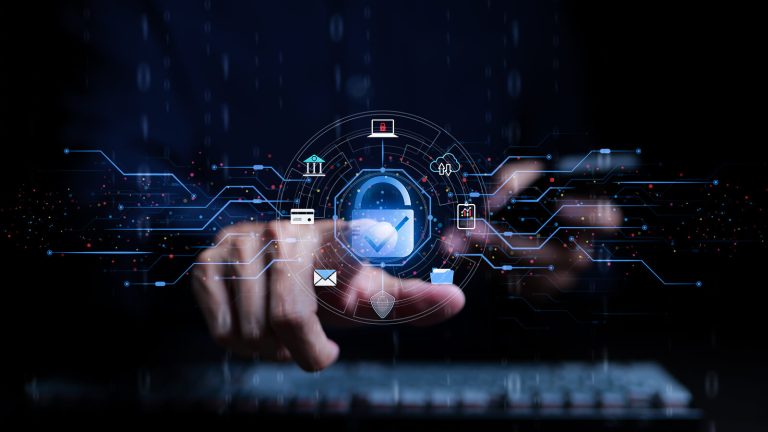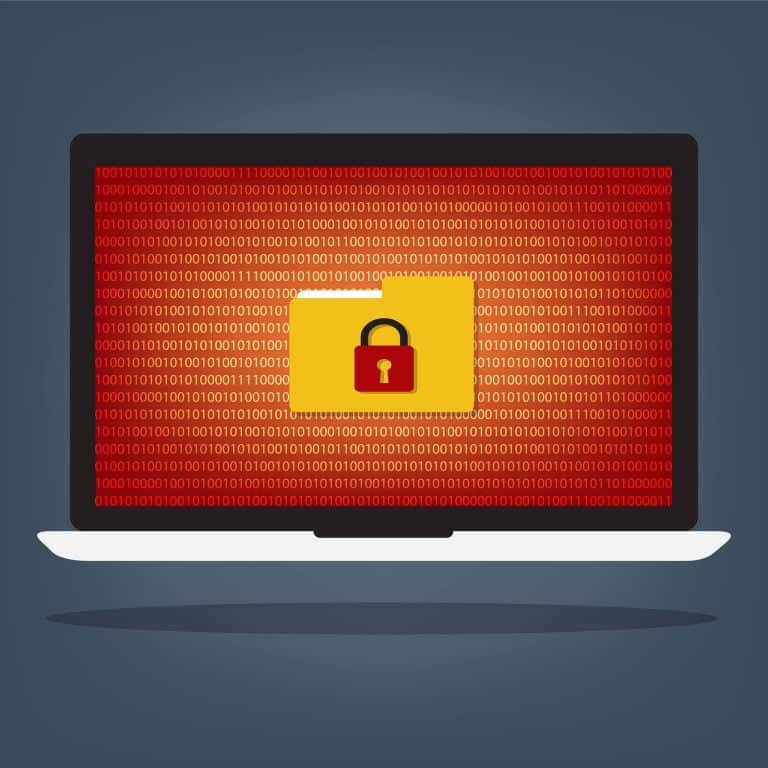What are a few best cybersecurity practices for financial institutions? We uncover some in this primer.
Table of Contents
ToggleData breaches have been a nightmare for many entrepreneurs and individuals this year. Little did they know that hackers and criminals would exploit the COVID-19 pandemic to undermine their information security and the peace of the business sector. To illustrate it with numbers, 22% of data breaches involved phishing in 2020, whereas, in 2021, the cybersecurity statistic climbed up to 36%. Not to mention
533 million Facebook users’ phone numbers and personal data were leaked online just recently.
The cost of such hazardous breaches accounted for over $4.24 million per incident on average. This loss is a significant setback to many sectors, including health service providers, legal, accounting, and management services. Financial institutions aren’t an exception to the problem, taking up a second-place among all other sectors impacted by data breaches. (Notifiable Data Breaches Report).
What can financial institutions do to protect themselves? Here are a few best cybersecurity practices for financial institutions might want to implement:
Educate your team
Getting forewarned means being forearmed. If you arm your employees with knowledge and red flags of phishing scams and ransomware, you will hedge your bets and mitigate risks. To prevent human error, which is the main cause of security breaches, according to Cybint, you need to educate your team.
As far as best cybersecurity practice for financial institutions, security awareness training sessions play a pivotal role in your business protection. Send your team an online course on cybersecurity or invite a specialist to educate them and make them aware of the latest cybersecurity threats.
Find an antimalware solution
The growth of label sales and products sharply rose by 41% to $60.8 billion in 2019 compared to $43.1 billion in 2013. (Nielsen) The more a business evolves and thrives, the more it is exposed to being hacked. According to Purplesec, banks and other financial industries are being attacked more than any other industry in the current year.
After losing the count of staggering attacks, we essentially avail ourselves of antimalware solutions. But what if building and deploying it from scratch isn’t in your skillset? A white label software like Crassula has several solutions, requiring no antimalware expertise. Using award-winning software enables you to secure payments and accounts shared among third parties and afford greater flexibility in how money is managed at your company.
Implement a formal security framework
Establishing a cybersecurity framework is a must in the financial sector because it deals with sensitive personal and financial data. Thus with the growing threat of breaches, it is critical institutions abide by compliance requirements and required laws. There are two dominating security frameworks: NIST and FFIEC, that assist financial institutions in cyber defense.
The framework is actually a list of standards revolving around the basic pattern of cyber risk mitigation. These guidelines provide the financial sector with the mechanism for developing a basic strategy, accessing risks, building comprehensive security programs, and, finally, responding to hackers’ activities.
Proactively implement continuous threat monitoring
Another best cybersecurity practice for financial institutions is implementing UAM (user activity monitoring) solutions that serve as a surveillance tool. It helps you detect, track and investigate end-user behavior to avoid threats. Each organization should initiate a plan addressing data collection and processing from various sources and then adopt both protective and remediation measures.
Why is it obligatory to monitor around the clock? Well, quite often an organization becomes aware of an illegal hacking incident within 30 days. (Notifiable Data Breaches Report) Missing this time may cause a great deal of problems with malicious intent that you will eventually be resolving for months. If you don’t want to let that happen, it is imperative to find a sustainable approach with ongoing follow-up activities of threats.
Conclusion – Cybersecurity Practices for Financial Institutions
Malicious or criminal attacks remain the leading source of trouble for the financial sector. The expansion of stealing data or infiltrating networks at unprecedented scale and speed could abruptly destabilize the world of finance and banking. Luckily, there are measures and practices you can apply to protect your business from cyberattacks. Keeping up with the best ways and proper precautions to avert the dangers of emerging cyber and stay safe!




